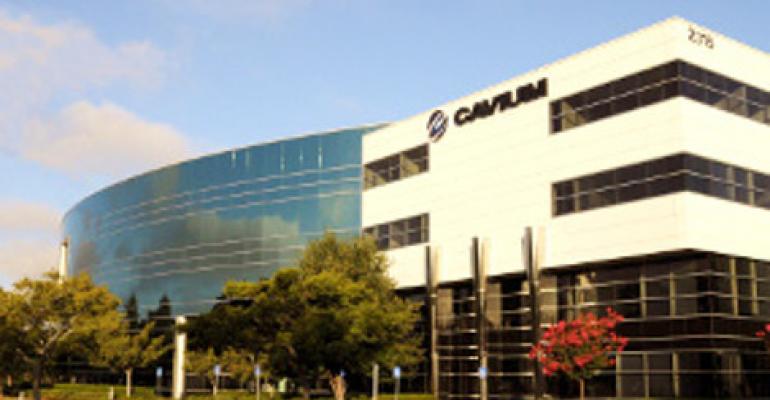As part of an effort to further disaggregate servers and storage Cavium, a semiconductor vendor focused on ARM servers, has enlisted the aid of QLogic.
Under the terms of the alliance between the two vendors, San Jose, California-based Cavium will make QLogic 25Gb Ethernet (25GbE) RDMA-enabled NICs available with servers based on its 48-core ThunderX processors.
Manoj Gujral, vice president of marketing for Ethernet products at QLogic, says Cavium is making use of QLogic 25GbE RNICs that access a heterogeneous remote direct memory access (RDMA) transport comprised of RDMA over Converged Ethernet and iWARP technologies that serve to offload storage processing requests from the server.
Separating compute and storage, says Gujral, enables IT organization to scale each element of the data center separately.
“Storage is growing much faster than compute in the data center,” says Gujral. “Disaggregation of storage requires access to a low-latency fabric.”
In the case of QLogic, that fabric is provided by 25Gb Ethernet cards that are expected to become a new standard shortly.
Gopal Hegde, vice president and general manager for the Data Center Processing Group at Cavium, says the alliance with QLogic means that the company’s server platform can now be used to support Big Data applications that require access to petabytes of storage that is not attached directly to a server.
In general, Cavium has been positioning its ARM servers as an alternative to Intel processors that are designed to provide access to lots of memory in a way that doesn’t consume as much power. The end result is a denser server environment that scales better, says Hegde.
While there is a lot of hype surrounding the emergence of converged infrastructure inside the data center, Gujral says, closely coupling compute and storage is not particularly practical when deploying Big Data applications. An alternative approach, says Gujral, is to disaggregate compute and storage and then rely on IT management software to holistically manage a set of infrastructure resources that are linked over 25Gb Ethernet connections.
The key aspect of that approach from performance perspective is that managing access to storage is offloaded by QLogic NICs that have their own storage system-on-a-chip (SoC) processor engine, says Gujral.
Historically, IT organizations have preferred to be able to manage compute, storage, and networking in isolation from another. The degree to which IT organizations will not want to converge the management of those three core elements of the data center will vary. But the one thing that is for certain is that the more Big Data applications find their way into the data center, the more challenging it becomes to physically converge compute and storage.





